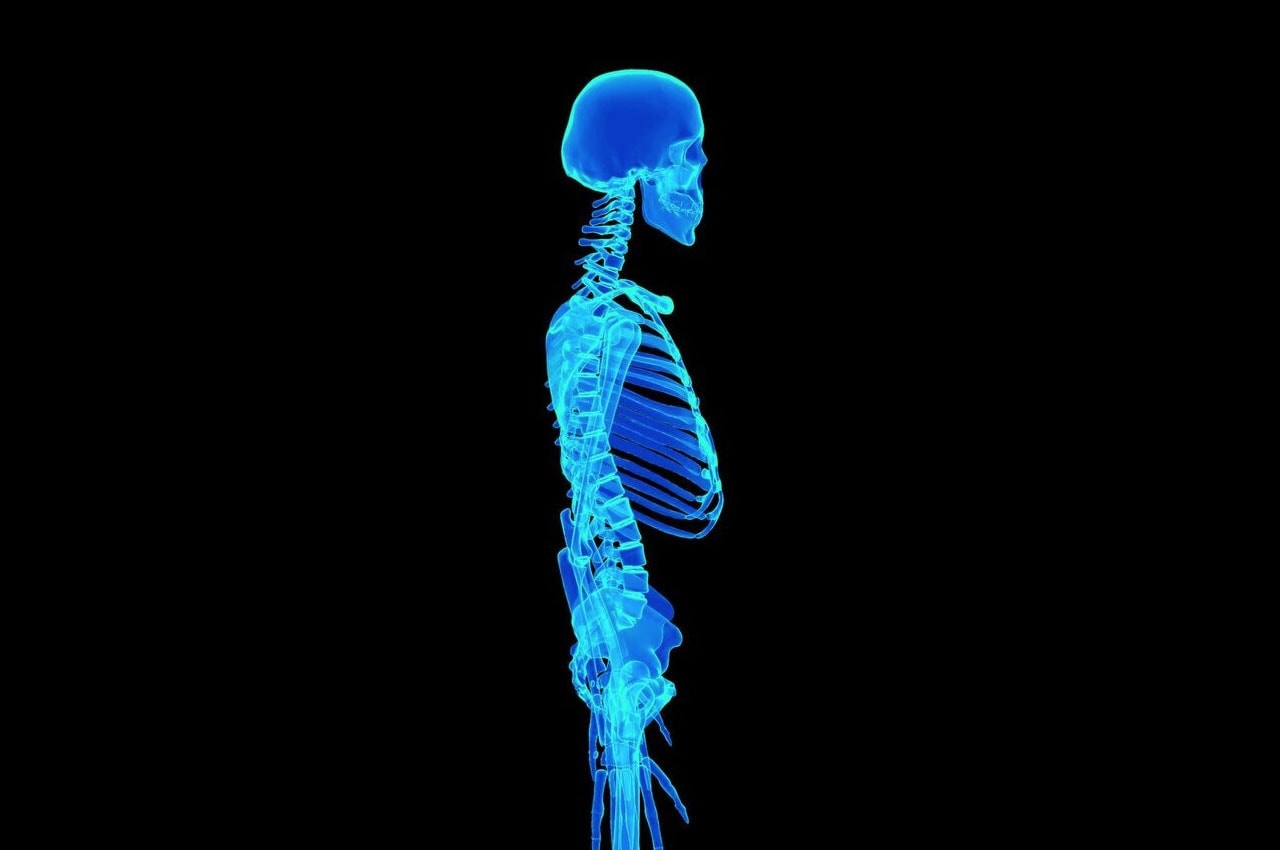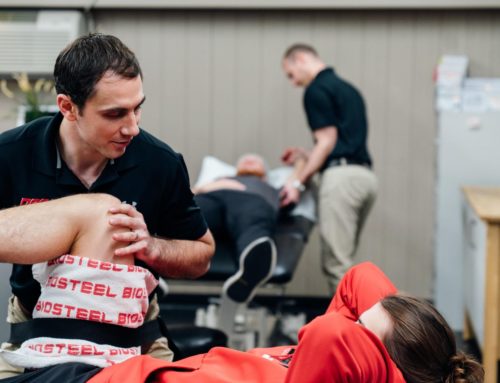The ability to stand upright on two feet is a critical function and is a precursor to the initiation of other activities of daily life. This ability that is acquired early in life is performed with almost no cognitive awareness other than knowing where we intend to go. However, this seemingly simple task has important implications regarding balance and postural control.
Human beings are bipedal animals by nature in which our locomotion results in a constant change of our base of support as we move about our environment. Whether it is one foot in contact with in the ground (walking), no feet in contact with the ground (running), or both feet in contact with the ground (standing), a major challenge to our balance control system always exists. Due to the fact that our two-thirds of body mass is located approximately two-thirds of body height above the ground, humans are inherently unstable unless a control system is continually acting to prevent falling.
As we age, the degeneration of our balance control system increases the chance of injury through falls, and with the increase in our aging population as well as our increased life expectancy, the importance of maintaining mobility for quality of life has become ever more critical. Virtually all neuromuscular disorders begin some degradation in the balance control system within the central nervous system (CNS), and because of the ability of the CNS to adapt to the loss of function, the particular pathology may not be apparent until an individual is temporarily deprived of the compensating system. For example, those with inner ear and balance issues (vestibular deficit), rely excessively on vision to retain stability, so when they close their eyes or walk in an area with limited light these individuals become very unstable.
More specifically, three major sensory systems exist that are incorporated into balance and postural control. Vision is the primary system acting when planning movement and avoiding obstacles both planned and unexpected. The vestibular system senses angular accelerations of the head and is responsible for maintaining spatial equilibrium. The final system, the somatosensory system, consists of a multitude of mechanoreceptors located in the joints that sense the position and the speed at which our limbs are moving, as well as their contact with external objects (including the ground). If one of these systems are compromised, the CNS will put more priority on the other two systems in order to maintain postural control and balance.
Each of these systems can be trained and refined, as well as rehabilitated following a traumatic event, to improve our ability to control our balance and posture, which as a result will increase overall mobility and quality of life as we age. In my practice as a Registered Kinesiologist, my focus is in rehabilitation following an injury and/or accident through therapeutic exercise by first improving posture and balance by isolating each system with specific training protocols. If managed properly, the overall rehabilitation process will be much more efficient and allow the injured individual to get back to their daily activities much quicker.
If you would like to know more, feel free to reach out to me at [email protected] for more information.
References:
Winter DA, Patla AE, Prince F, Ishac M, Gielo-Perczak K. (1998). Stiffness control of balance in quiet standing. J. Neurophysiol. 80: 1211-1221.
Winter DA. (1994). Human balance and posture control during standing and walking. Gait & Posture. 3: 193-241.
Written by: Nick Zeeman, Registered Kinesiologist & Personal Trainer






